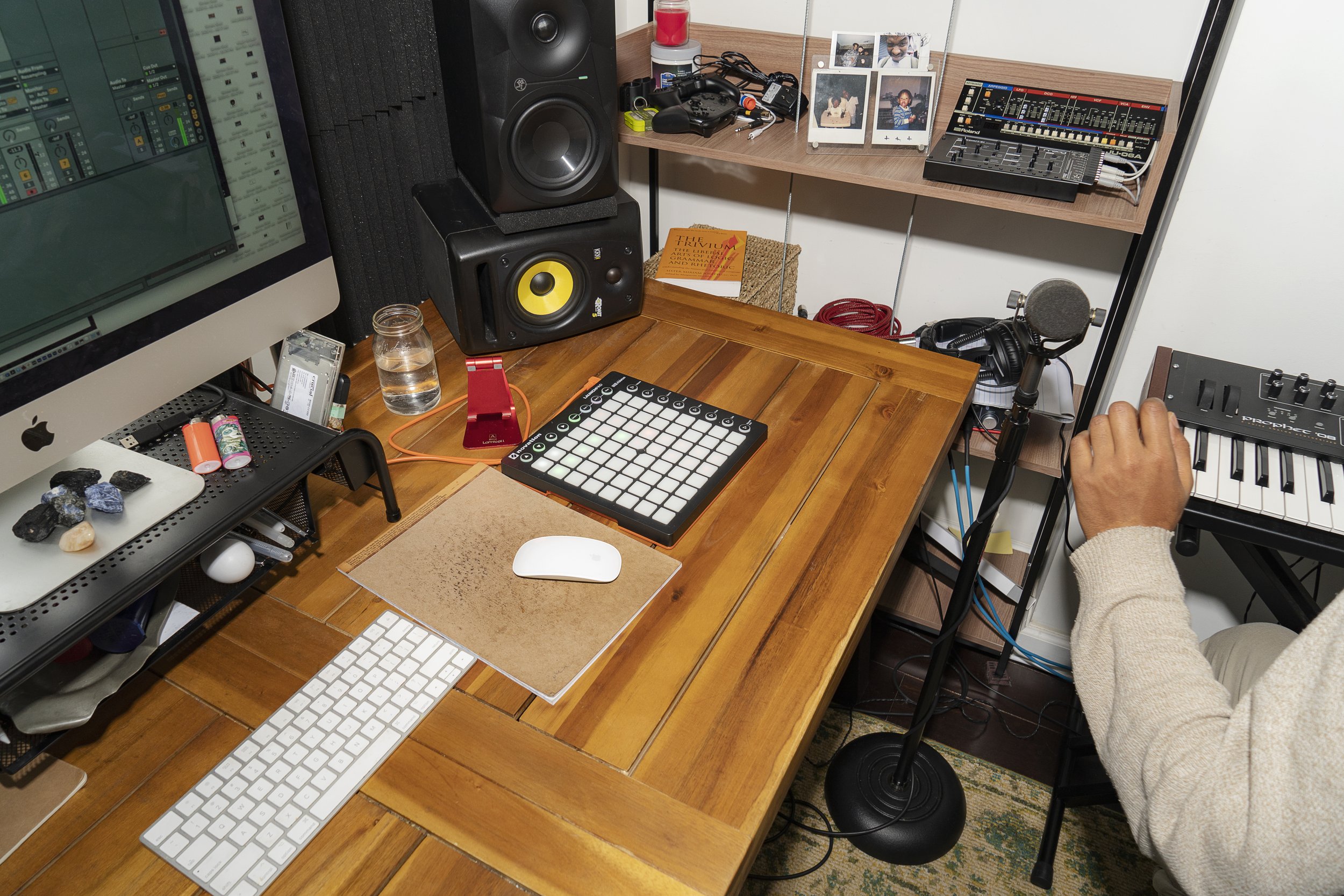
Audio
Format
All audio content delivered to Splice must be in WAV format, normalized at a volume level of -1dB peak, with a minimum sample rate of 44.1kHz and a bit depth of 24-bit. Sample rate must be consistent across a pack. Splice does not accept other file types such as AIF, AIFF, or MP3.
One-Shots
One-shots are sounds that are intended to be triggered once - think kicks, snares, claps, musical chords, or FX hits. They should be edited neatly and not contain any excessive amounts of silence at either end point. One-shots may contain BPM values when it’s relevant to the sound - for example a short drum fill or a stab with a timed delay. Since we offer samples to our subscribers individually through an ala carte marketplace, we prefer to avoid sounds that are close variations of one another, and each one-shot sound should be unique.
Loops
Loops are repeatable audio files. When a user loads a loop into their DAW, the sound should be able to play from start to finish and loop back around for a repeat seamlessly. A standard loop is 4, 8, or 16 bars in length. If there is a reason to include extra audio beyond that - such as providing a natural sustain and decay - the audio file should still start and end on even bar-lines that are consistent with the indicated tempo.
Create Eligibility
Only loops of even bar lengths (2,4,8) are Create Eligible. Though Splice supports odd bar lengths to account for time signatures and audio tails, we highly encourage even bar loops. Create being able to access your loops gives you more credit spend opportunity.
Fills
Fills are short musical passages that are used to fill in gaps or add interest to a musical idea, and are usually 1 or 2 bars in length. Fills should be cut to specific BPM values and named accordingly.
Songstarters
Songstarters are inspirational loops that can act as a “jumping off point” for beginning a production. Songstarters typically feature more instruments, or a more fully-formed idea than a typical loop - think bass, keys, and vocals all in one audio file as opposed to more isolated instrumentation. Songstarters are expected to have additional elements added by the user, such as drums or vocals, to be a completed idea. Songstarters, like traditional loops, should be 4, 8, or 16 bars.
Clicks, Crackles, and Pops
All audio content should have micro-fades applied to the start and end points to remove undesirable clicks and pops which may be caused by the waveform not fully returning to the zero-crossing point. Micro-fades applied should be <3ms in duration and steps must be taken to ensure that they do not affect the initial transient or intended loop-ability of the phrase.
In the top example, the waveform makes contact with the center line (otherwise known as the “zero-crossing point) at the start and end points. In the bottom example, the waveform doesn’t fully return at the end point, which creates an unpleasant “pop” sound. These types of issues can be easily corrected by applying micro-fades. It can be hard to hear these pops on speakers so we recommend wearing headphones to check samples.
Signal to Noise Ratio
Splice does not accept files that exhibit an incorrect signal-to-noise ratio (the level of the desired recording to the level of background noise). This can occur when recordings are made using subpar or miscalibrated audio recording equipment or when recording in an environment that’s simply not ideal for audio recording. When the volume is raised (e.g sample normalized), the noise floor can become overly apparent, degrading the quality of the sample and can in many cases make it unusable. While it is desirable in some cases for an audio sample to have an intentionally noisy, gritty character, especially those created within the analog domain, this is generally something that should be avoided for most sound types.
Clipping and Distortion
All audio content must be normalized at a volume level of -1dB peak, and must not exhibit unintentional processing artifacts or evidence of digital clipping - this can occur when the maximum volume exceeds 0dB peak. Inspect the entire signal processing chain end-to-end to ensure that no components are clipping or creating unintentional artifacts - audio should generally have some degree of dynamic headroom to allow for seamless injection into a user project and should not be overly compressed to allow for additional processing.
Excessive Silence in Loops or One-Shots
All one-shots should be trimmed from the front and back so that there is no silence at the beginning or end of a sample. As for loops, if you have stems or samples that have excessive silence in the beginning of a file, we recommend trimming the sample so that the audio comes in as soon as musically possible. It is important to remember that your loops will be sold as individual samples. If someone is searching through Splice, and your samples have 4 bars (or more) of silence in the beginning, they may skip the sound without having actually previewed it.



















